- The Benefits of Growing Citrus Plants
- 1. Fresh and Flavorful Fruits
- 2. Aromatic and Beautiful Blooms
- 3. Indoor and Outdoor Cultivation
- 4. Low Maintenance Requirements
- 5. Decorative and Versatile
- 6. Health and Wellness Benefits
- 7. Sustainable and Eco-Friendly
- Different Types of Citrus Plants
- 1. Orange
- 2. Lemon
- 3. Lime
- 4. Grapefruit
- 5. Mandarin
- Best Citrus Plants for Indoor Cultivation
- 1. Meyer Lemon
- 2. Calamondin Orange
- 3. Kumquat
- 4. Tangerine
- 5. Key Lime
- Growing Citrus Plants in Outdoor Gardens
- Introduction
- Choosing the Right Variety
- Planting Citrus Trees
- Caring for Citrus Plants
- Harvesting Citrus Fruits
- Conclusion
- Tips for Successful Citrus Plant Cultivation
- 1. Choose the Right Variety
- 2. Select a Proper Site
- 3. Prepare the Soil
- 4. Planting
- 5. Watering
- 6. Fertilizing
- 7. Pruning
- 8. Pest and Disease Control
- 9. Harvesting
- 10. Winter Protection
- 11. Continuous Care
- Common Issues and Pests for Citrus Plants
- 1. Citrus Leaf Miner
- 2. Citrus Canker
- 3. Citrus Black Spot
- 4. Scale Insects
- 5. Aphids
- 6. Root Rot
- 7. Nutritional Deficiencies
- 8. Frost and Cold Damage
- 9. Improper Pruning
- 10. Environmental Stress
- Harvesting and Using Citrus Fruits
- When to Harvest Citrus Fruits
- Harvesting Techniques
- Using Citrus Fruits
- Storing Citrus Fruits
- Conclusion
- Q&A:
- What are some common types of citrus plants?
- How do I cultivate citrus plants?
- Can I grow citrus plants in a pot?
- When is the best time to plant citrus plants?
- What are some common pests and diseases that affect citrus plants?
- How long does it take for citrus plants to bear fruit?
- Video: Growing Citrus Trees in Containers! // Garden Answer
Welcome to your ultimate guide on citrus plants! Citrus plants, which belong to the Rutaceae family, are well-known for their vibrant, juicy fruits and refreshing aromas. With their bright colors and delightful flavors, citrus fruits have become a staple in many cuisines around the world. In this comprehensive guide, we will explore the different types of citrus plants and provide valuable tips on their cultivation.
There are numerous types of citrus plants, each with its own unique characteristics and flavors. The most common varieties include oranges, lemons, limes, grapefruits, and tangerines. Oranges are known for their sweet and tangy taste, while lemons are famously sour and aromatic. Limes add a zesty and refreshing flavor to many dishes, while grapefruits are known for their slightly bitter taste. Tangerines, on the other hand, have a sweeter and milder flavor compared to oranges.
Cultivating citrus plants can be a rewarding experience for any gardening enthusiast. Although they are typically associated with warm and tropical regions, many citrus plants can be successfully grown in various climates. However, it is important to note that they require specific care and attention to ensure proper growth and fruit production. In this guide, we will provide essential information on soil conditions, watering, fertilization, and pruning techniques to help you cultivate healthy and thriving citrus plants in your own garden.
Whether you are a seasoned gardener or just starting out, this guide will equip you with the knowledge and techniques needed to successfully grow your own citrus plants. You will not only learn about the different types of citrus plants and their unique flavors, but also gain valuable insights into the best cultivation practices. So, let’s dive in and embark on a citrus-filled journey!
The Benefits of Growing Citrus Plants
Growing citrus plants can be a rewarding experience for both gardeners and homeowners. These plants offer a variety of benefits, ranging from delicious fruits to beautiful blooms. Here are some of the top benefits of growing citrus plants:
1. Fresh and Flavorful Fruits
Citrus plants, such as oranges, lemons, and grapefruits, produce fresh and flavorful fruits that are rich in vitamin C and other nutrients. Enjoying freshly picked fruits from your own tree is a delightful experience.
2. Aromatic and Beautiful Blooms
Citrus plants are known for their fragrant and beautiful blooms. The white blossoms add a touch of elegance to your garden and fill the air with a sweet, citrusy scent. These blooms also attract pollinators like butterflies and bees.
3. Indoor and Outdoor Cultivation
Whether you have a spacious garden or a small balcony, you can easily grow citrus plants. They can be cultivated outdoors in suitable climates or grown as potted plants indoors. Having citrus plants indoors not only adds greenery to your home but also purifies the air.
4. Low Maintenance Requirements
Citrus plants are generally low maintenance and require minimal attention. With proper care, they can thrive and provide you with a bountiful harvest. Regular watering, sunlight, and occasional fertilization are enough to keep these plants healthy.
5. Decorative and Versatile
Citrus plants serve as decorative elements in gardens and landscapes due to their vibrant foliage and colorful fruits. They can be grown as standalone trees, hedges, or even topiaries. Their versatility allows you to incorporate them into different garden designs.
6. Health and Wellness Benefits
In addition to their delicious fruits, citrus plants offer numerous health benefits. The vitamin-rich fruits help boost the immune system, improve digestion, and aid in weight management. The scent of citrus also has a mood-enhancing and stress-relieving effect.
7. Sustainable and Eco-Friendly
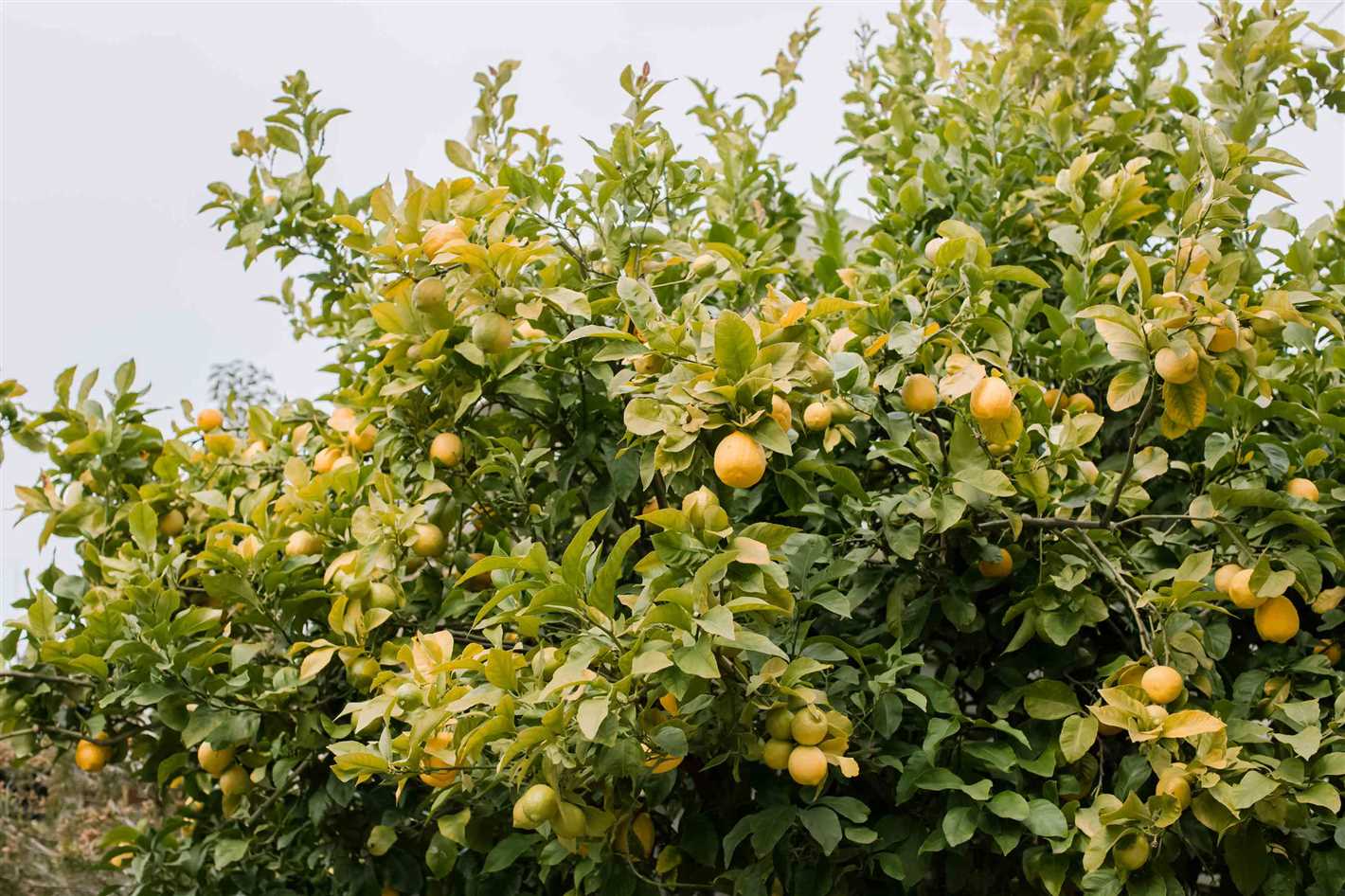
Growing citrus plants promotes sustainability and a greener environment. By planting and nurturing these trees, you contribute to nature and help reduce carbon dioxide levels. Citrus plants also attract beneficial insects that aid in controlling pests.
Overall, growing citrus plants is a worthwhile endeavor that offers a multitude of benefits. Whether you’re a gardening enthusiast or simply enjoy the taste and scent of citrus fruits, cultivating these plants is sure to bring joy and satisfaction.
Different Types of Citrus Plants
Citrus plants are known for their vibrant and tangy fruits, which are not only delicious but also packed with nutritional benefits. There are several different types of citrus plants, each with its own unique characteristics and flavors. Here are some of the most common types:
1. Orange
- Common varieties: Valencia, Navel, Blood Orange
- Flavor: Sweet and tangy
- Uses: Consumed fresh, juiced, used in desserts and drinks
2. Lemon
- Common varieties: Eureka, Lisbon, Meyer
- Flavor: Sour and acidic
- Uses: Added to dishes for flavor, used in cocktails, as a natural cleaning agent
3. Lime
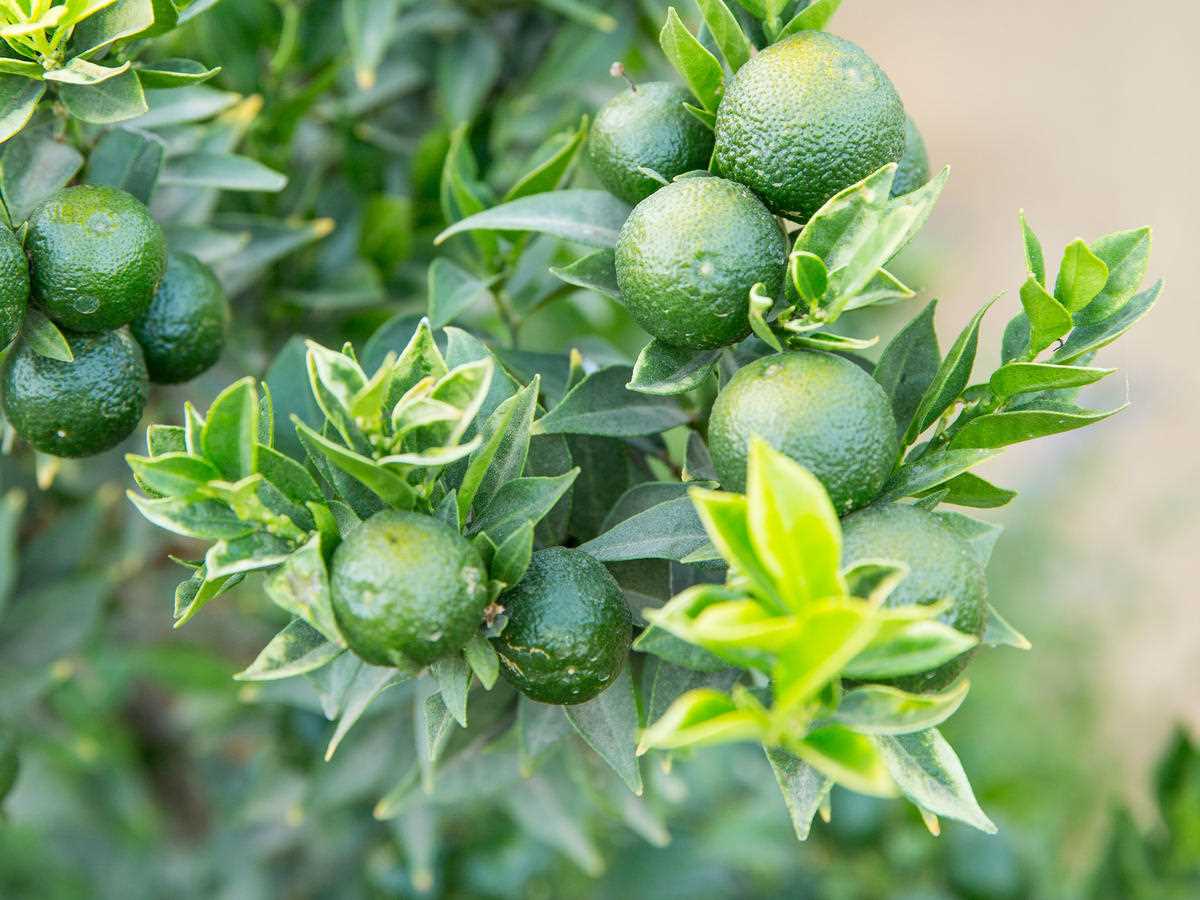
- Common varieties: Key Lime, Persian Lime, Kaffir Lime
- Flavor: Tangy and slightly bitter
- Uses: Used in cooking, as a garnish, in cocktails
4. Grapefruit
- Common varieties: Ruby Red, White, Pink
- Flavor: Sweet and slightly bitter
- Uses: Consumed fresh, juiced, used in salads and drinks
5. Mandarin
- Common varieties: Clementine, Satsuma, Tangerine
- Flavor: Sweet and juicy
- Uses: Eaten fresh, added to salads, used in desserts
These are just a few examples of the many types of citrus plants available. Each variety has its own unique flavor profile and can be used in a variety of culinary applications. Whether you’re looking for something sweet or tangy, citrus plants offer a wide range of options to suit your taste preferences.
Best Citrus Plants for Indoor Cultivation
If you want to brighten up your indoor space and enjoy the delightful aroma of citrus fruits, growing citrus plants indoors is a great option. Here are some of the best citrus plants that can thrive indoors:
1. Meyer Lemon
The Meyer lemon tree is one of the most popular choices for indoor cultivation. It is a small tree that produces juicy and flavorful lemons. The tree is also known for its fragrant flowers, adding a delightful scent to your indoor garden.
2. Calamondin Orange
The calamondin orange tree is a great option for indoor cultivation. It is a small tree that produces small, sour oranges. The fruits can be used to make marmalades or for flavoring dishes and beverages. The tree also has attractive, dark green leaves that add beauty to your indoor space.
3. Kumquat
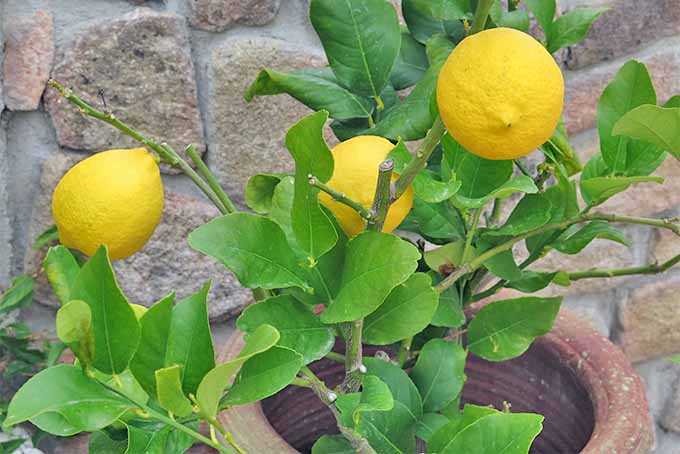
Kumquat trees are an excellent choice for indoor cultivation. They are compact trees that produce small, tangy fruits. The fruits can be eaten whole, including the peel, and have a sweet and sour flavor. The kumquat tree also has attractive dark green leaves that make it a beautiful addition to your indoor garden.
4. Tangerine
Tangerine trees are another great option for indoor cultivation. They are small trees that produce sweet and easy-to-peel fruits. Tangerines are a favorite among citrus lovers and can be enjoyed fresh or used in various culinary preparations. The tree also has attractive glossy leaves that add visual appeal to your indoor space.
5. Key Lime
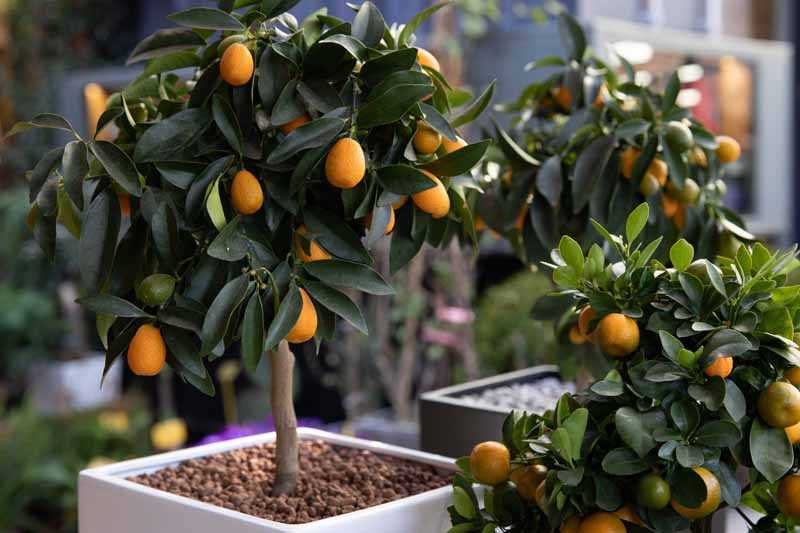
The Key lime tree is a popular choice for indoor cultivation. It is a small tree that produces small, round limes. Key limes are known for their tart and tangy flavor, making them a great addition to recipes and beverages. The tree also has fragrant flowers that add a pleasant aroma to your indoor garden.
When cultivating citrus plants indoors, it is important to provide them with proper care, including adequate sunlight, well-draining soil, and regular watering. With the right conditions, these citrus plants can thrive indoors and provide you with fresh fruits and a beautiful indoor garden.
Growing Citrus Plants in Outdoor Gardens
Introduction
Growing citrus plants in outdoor gardens can be a rewarding experience. Citrus plants belong to the Rutaceae family and are known for their vibrant fruits and fragrant blossoms. With the right conditions and care, these plants can thrive in various climates.
Choosing the Right Variety
When selecting citrus plants for your outdoor garden, it’s important to consider the climate and growing conditions in your region. Some common varieties of citrus plants that can be grown outdoors include:
- Orange trees (Citrus sinensis)
- Lemon trees (Citrus limon)
- Lime trees (Citrus aurantifolia)
- Grapefruit trees (Citrus paradisi)
- Mandarin trees (Citrus reticulata)
Each variety has its own unique characteristics and requirements, so it’s important to choose one that is well-suited for your climate and gardening style.
Planting Citrus Trees
When planting citrus trees in your outdoor garden, follow these steps:
- Choose a sunny location with well-draining soil.
- Dig a hole that is twice as wide and deep as the tree’s root ball.
- Place the tree in the hole, ensuring that the bud union (swollen area where the tree was grafted onto a rootstock) is above the soil level.
- Backfill the hole with soil, gently compacting it around the roots.
- Water the tree thoroughly to settle the soil.
- Mulch around the tree to help conserve moisture and suppress weed growth.
Caring for Citrus Plants
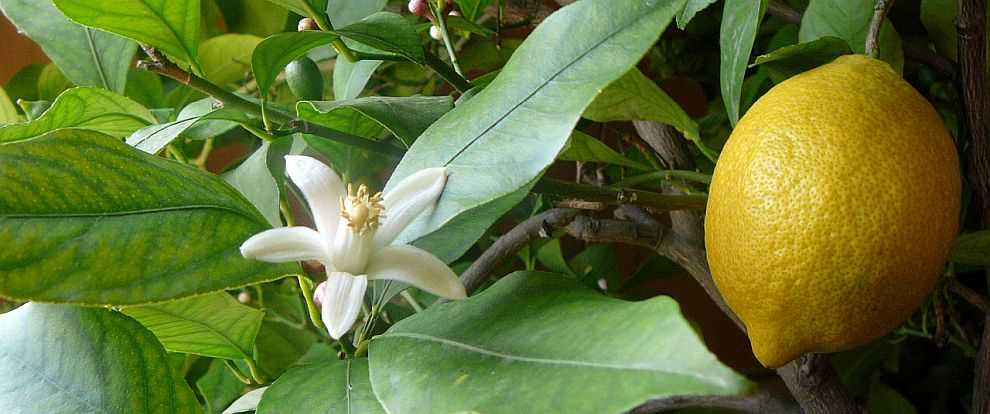
To ensure the health and productivity of your citrus plants, follow these care guidelines:
- Water regularly, keeping the soil consistently moist but not saturated.
- Fertilize the plants with a citrus-specific fertilizer according to the package instructions.
- Prune the plants to remove dead or diseased branches and maintain a desired shape.
- Protect the plants from frost and extreme temperatures by covering them or moving them indoors during winter.
- Monitor for pests and diseases, and take appropriate action if necessary.
Harvesting Citrus Fruits
Citrus fruits can be harvested when they are fully ripe and have reached their desired flavor and color. To pick citrus fruits:
- Gently twist the fruit or use pruning shears to cut the stem above the fruit.
- Avoid pulling the fruit forcefully, as this can damage the tree.
- Store the harvested fruits in a cool, dry place or refrigerate them if desired.
Conclusion
By following the proper planting and care guidelines, you can successfully grow citrus plants in your outdoor garden. From the vibrant fruits to the sweet blossoms, these plants will add beauty and fragrance to your garden while providing you with delicious and vitamin-rich citrus fruits.
Tips for Successful Citrus Plant Cultivation
1. Choose the Right Variety
When it comes to citrus plant cultivation, choosing the right variety is crucial. Consider factors such as climate suitability, fruit flavor, and growth habit. Some common varieties include lemons, oranges, grapefruits, and tangerines.
2. Select a Proper Site
Citrus plants thrive in well-drained soil and require full sun exposure. Choose a site that offers at least 6-8 hours of direct sunlight per day. It’s also important to ensure proper air circulation around the plant.
3. Prepare the Soil
Before planting, prepare the soil by adding organic matter such as compost or well-rotted manure. This will improve the soil’s fertility and drainage. Citrus plants prefer slightly acidic soil with a pH range of 6.0-7.0.
4. Planting
Dig a hole that is wider and deeper than the root ball of the citrus plant. Place the plant in the hole, making sure the bud union is above the soil line. Backfill the hole with soil, firming it gently around the roots. Water the plant thoroughly.
5. Watering
Citrus plants require regular watering, especially during dry periods. The soil should be kept consistently moist but not waterlogged. Avoid overwatering as it can lead to root rot. Mulching around the plant can help retain moisture.
6. Fertilizing
Feed citrus plants with a balanced fertilizer specifically formulated for citrus. Apply the fertilizer according to the manufacturer’s instructions, typically in spring and summer. Avoid overfertilizing as it can damage the plant.
7. Pruning
Prune citrus plants to remove dead, damaged, or crossing branches. This will improve airflow and sunlight penetration, reducing the risk of disease. Pruning can also help maintain a desired shape and size for easier cultivation and harvesting.
8. Pest and Disease Control
Monitor citrus plants regularly for signs of pests and diseases such as aphids, citrus leaf miners, and citrus canker. Use organic or chemical control methods as necessary to prevent infestations and protect the plants’ health.
9. Harvesting
Citrus fruits are typically ready for harvest when they reach their optimal size, color, and flavor. To harvest, gently twist or cut the fruit from the branch. Avoid pulling forcefully, as this can damage the plant.
10. Winter Protection
In regions with cold winters, citrus plants may require protection from frost and freezing temperatures. Cover the plants with a frost blanket or move them indoors to a protected area during cold spells.
11. Continuous Care
Maintain regular care and monitoring of your citrus plants throughout the year. This includes watering, fertilizing, pruning, and pest control. With proper care, your citrus plants will provide you with years of delicious fruits.
Note: The information provided in this guide is general. It’s important to consult local gardening resources or experts for specific advice tailored to your region and the type of citrus plants you are cultivating.
Common Issues and Pests for Citrus Plants
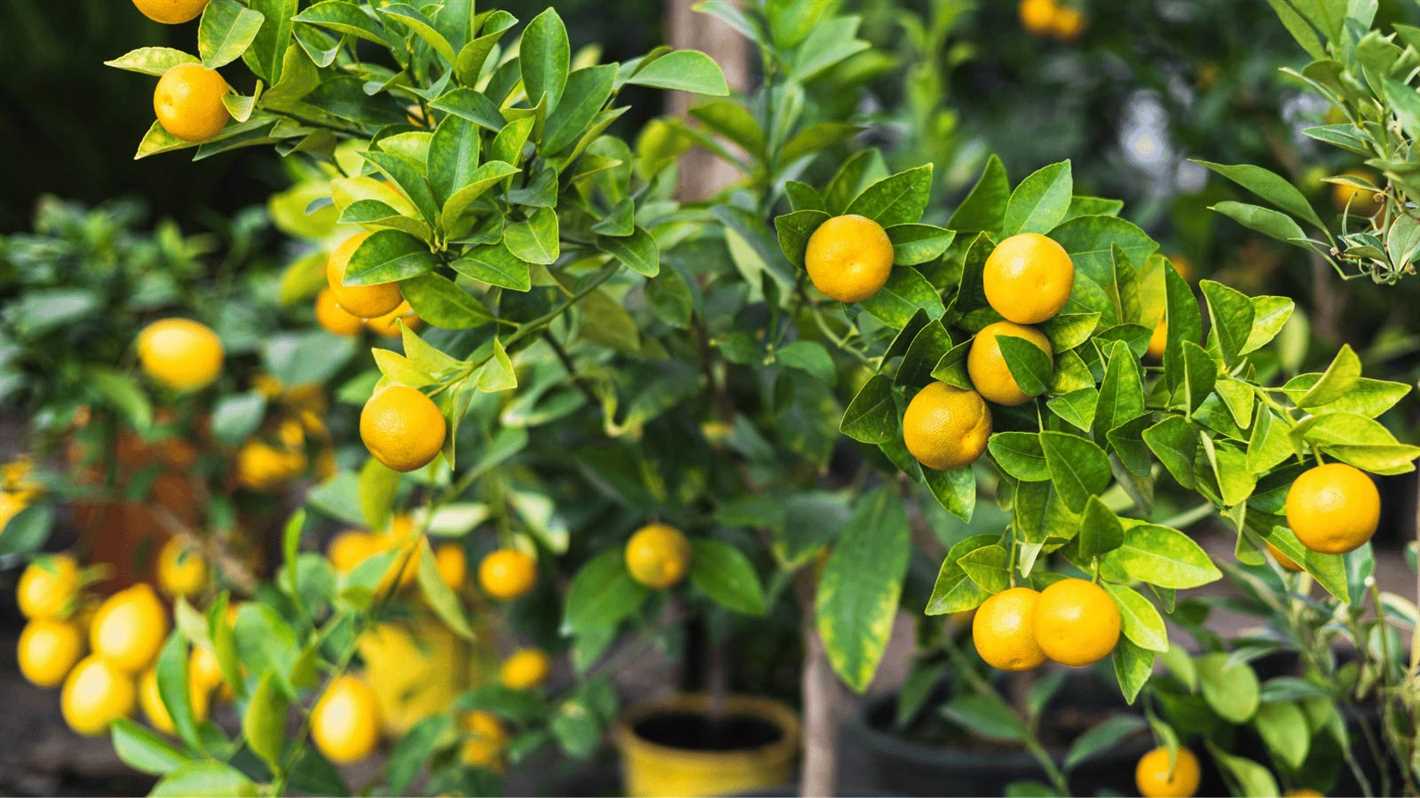
1. Citrus Leaf Miner
The citrus leaf miner is a common pest that affects citrus plants. These tiny moths lay their eggs on the undersides of the leaves, and the larvae burrow their way into the leaves, creating distinctive serpentine mines. These mines can lead to leaf curling, stunted growth, and reduced fruit production.
2. Citrus Canker
Citrus canker is a bacterial disease that affects citrus plants. It causes raised corky lesions on the leaves, stems, and fruit. The lesions may ooze a sticky, yellowish-brown substance. Citrus canker can weaken the plant and reduce fruit quality. It spreads through wind, rain, and contaminated tools or equipment.
3. Citrus Black Spot
Citrus black spot is a fungal disease that affects the fruit of citrus plants. It causes dark, sunken spots on the fruit’s rind. These spots can be small and scattered or larger and more concentrated. Citrus black spot can reduce the marketability and quality of the fruit. It spreads through rain, wind, and infected plant material.
4. Scale Insects
Scale insects are common pests that affect citrus plants. They are small, immobile insects that attach themselves to the leaves, stems, and fruit of the plant. They can cause leaf yellowing, stunted growth, and reduced fruit production. Scale insects excrete a sticky substance called honeydew, which can attract ants and promote the growth of sooty mold.
5. Aphids
Aphids are small, soft-bodied insects that commonly infest citrus plants. They feed on the sap of the plant, which can cause leaf curling, distortion, and yellowing. Aphids can also transmit viral diseases to the citrus plants. They reproduce quickly and can rapidly infest a plant if not controlled.
6. Root Rot
Root rot is a common issue in citrus plants, especially when the soil is poorly drained or overwatered. It is caused by various fungal pathogens that attack the roots, leading to their decay. Symptoms of root rot include yellowing leaves, wilting, and stunted growth. Infected plants may eventually die if the root rot is not addressed.
7. Nutritional Deficiencies
Citrus plants can suffer from nutritional deficiencies if they are not provided with the necessary nutrients. Common deficiencies include iron, magnesium, and zinc. Symptoms can vary but may include yellowing leaves, slow growth, and reduced fruit production. Providing appropriate fertilization can help prevent and manage nutritional deficiencies.
8. Frost and Cold Damage
Citrus plants are sensitive to frost and cold temperatures. Freezing temperatures can damage the leaves, stems, and fruit. Symptoms of frost or cold damage include browning or blackening of the foliage, malformed or dropped fruit, and dieback. Protecting the plants from cold temperatures through covers or relocation can help prevent damage.
9. Improper Pruning
Improper pruning techniques can cause damage to citrus plants. Overshaping or excessive pruning can stress the plant and make it more susceptible to pests and diseases. Pruning should be done carefully, following the correct techniques and timing. Prune dead or damaged branches and thin out crowded areas to promote air circulation and light penetration.
10. Environmental Stress
Citrus plants can be affected by various environmental stresses, such as extreme heat, drought, or excessive sunlight. These stresses can weaken the plant and make it more susceptible to pests and diseases. Providing appropriate irrigation, shade, and mulching can help alleviate environmental stress and promote the health of citrus plants.
By being aware of these common issues and pests that affect citrus plants, you can take preventive measures and promptly address any problems that arise. Regular monitoring, proper maintenance, and timely intervention can help ensure the health and vitality of your citrus plants.
Harvesting and Using Citrus Fruits
When to Harvest Citrus Fruits
Citrus fruits are typically harvested when they have reached their peak ripeness and flavor. The exact timing may vary depending on the specific variety of citrus and growing conditions, but there are a few general signs to look for:
- The fruit should have a bright and vibrant color.
- The skin should feel firm and smooth.
- The fruit should easily separate from the tree when gently twisted or pulled.
It’s important to avoid harvesting citrus fruits too early, as they may not have developed their full flavor. On the other hand, leaving them on the tree for too long can result in overripening or even rind splitting.
Harvesting Techniques
There are a few different methods you can use to harvest citrus fruits:
- Twist and pull: Gently twist the fruit while pulling it away from the tree. This method works well for most citrus fruits.
- Use pruning shears: If the fruit doesn’t easily detach with a gentle twist, you can use pruning shears to cut it off the tree. Be careful not to damage the branches or leave a stub.
- Harvesting pole: For hard-to-reach fruits, such as those on tall trees, you can use a harvesting pole with a basket attachment. This allows you to reach and collect the fruit without the need for a ladder.
Using Citrus Fruits
Citrus fruits can be used in various ways in the kitchen:
- Enjoy them fresh: Nothing beats the refreshing taste of a freshly picked citrus fruit.
- Squeeze for juice: Citrus fruits are commonly juiced and used in beverages, dressings, marinades, and desserts.
- Zest for flavor: The zest of citrus fruits packs a punch of flavor and can be added to baked goods, sauces, and salads.
- Make marmalade or preserves: Citrus fruits, particularly oranges, are often used to make flavorful marmalades and preserves.
- Cook and bake with them: Citrus fruits can be used in a variety of dishes, such as salads, stir-fries, roasted meats, and desserts.
Storing Citrus Fruits
To prolong the freshness and flavor of citrus fruits, follow these storage tips:
- Store at room temperature: Citrus fruits can be kept at room temperature for several days.
- Refrigerate for longer storage: If you won’t be consuming the fruits within a few days, store them in the refrigerator. They can typically last for up to a couple of weeks when refrigerated.
- Avoid storing in airtight containers: Citrus fruits need some airflow to prevent moisture buildup, which can lead to mold or spoilage. Instead, place them in a loosely closed bag or container.
- Separate damaged fruits: If a citrus fruit shows signs of damage or decay, it’s best to separate it from the others to prevent contamination.
Conclusion
Harvesting citrus fruits at their peak ripeness and using them in various culinary applications can be a rewarding experience. Whether you enjoy them fresh or use them to add a zesty flavor to your dishes, citrus fruits are versatile and delicious.
Q&A:
What are some common types of citrus plants?
Common types of citrus plants include orange, lemon, lime, grapefruit, and mandarin.
How do I cultivate citrus plants?
Citrus plants thrive in warm climates and should be planted in well-draining soil with plenty of sunlight. They require regular watering and fertilization. Pruning and pest control are also important for proper cultivation.
Can I grow citrus plants in a pot?
Yes, citrus plants can be grown in pots as long as the pot is large enough to accommodate the plant’s root system. They require proper drainage and regular fertilization if grown in pots.
When is the best time to plant citrus plants?
The best time to plant citrus plants is in the spring or fall when the weather is not too hot or cold. This allows the plant to establish its roots before extreme temperatures.
What are some common pests and diseases that affect citrus plants?
Common pests that affect citrus plants include aphids, scales, and citrus leaf miners. Diseases such as citrus canker and citrus greening (Huanglongbing) can also be a problem for citrus plants.
How long does it take for citrus plants to bear fruit?
The time it takes for citrus plants to bear fruit depends on the specific type of citrus and growing conditions. In general, it can take anywhere from 1-3 years for citrus plants to produce their first fruit.
Video:
Growing Citrus Trees in Containers! // Garden Answer







